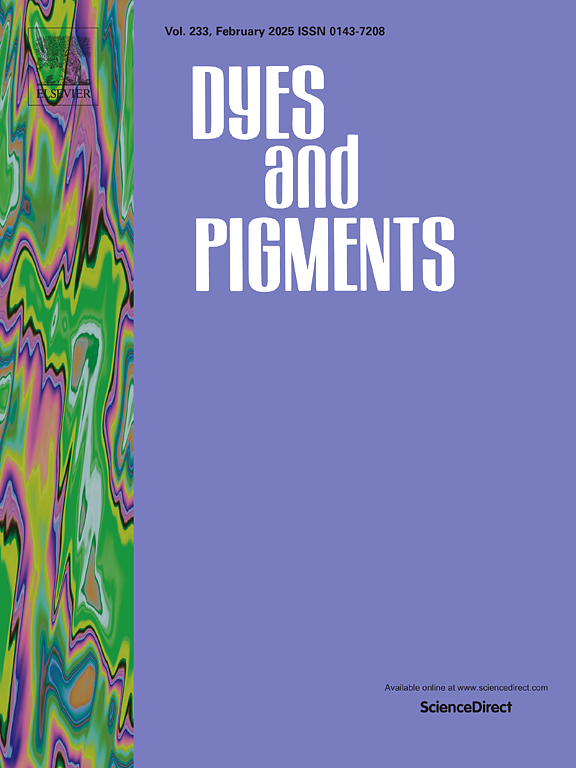Chemotherapy-phototherapy combination drugs co-loaded by a DNA tetrahedron to overcome drug resistance: The influence of different binding properties of doxorubicin and idarubicin and pH response
IF 4.1
3区 工程技术
Q2 CHEMISTRY, APPLIED
引用次数: 0
Abstract
Intelligent DNA nanostructures co-loaded with chemotherapy-phototherapy (CTPT) combination drugs offer a promising solution to the challenge of multidrug resistance (MDR) in tumor cells. The interactions of combined drugs with DNA nanostructures may affect their binding characteristics and cytotoxicity. This study employed a pH-responsive DNA tetrahedron (MUC1-TD) for intelligent delivery of single drug and CTPT combination drugs to overcome MDR. The interactions between MUC1-TD and single drug doxorubicin/idarubicin/new methylene blue N (DOX/IDA/NMBN) or combination drugs (NMBN + DOX/IDA) with MUC1-TD at pH 7.4/5.0 were studied using fluorescence spectroscopy and differential scanning calorimetry, and the thermodynamic parameters were obtained. The drug binding strength followed DOX > IDA > NMBN, and for the same drug, the binding strength was higher at pH 7.4 than at pH 5.0. In the ternary system, different addition orders between drugs had different effects on their binding, among which (MUC1-TD + NMBN) + DOX/IDA was more favorable for drug loading. In vitro pH-controlled release results showed that acidic pH and DNase I jointly expedited the release of NMBN/DOX/IDA from MUC1-TD. The drug release rate was negatively correlated with their binding strength, which was more pronounced in the ternary systems. In vitro cytotoxicity experiments displayed that the synergy of NMBN + DOX/IDA combination drugs was enhanced by MUC1-TD loading, especially the combined effect of NMBN + IDA on MCF-7/ADR cells was most pronounced. This study lays a scientific foundation for the combined CTPT therapy of chemotherapeutic drugs DOX/IDA and photosensitizer NMBN based on intelligent DNA nanostructures.

求助全文
约1分钟内获得全文
求助全文
来源期刊

Dyes and Pigments
工程技术-材料科学:纺织
CiteScore
8.20
自引率
13.30%
发文量
933
审稿时长
33 days
期刊介绍:
Dyes and Pigments covers the scientific and technical aspects of the chemistry and physics of dyes, pigments and their intermediates. Emphasis is placed on the properties of the colouring matters themselves rather than on their applications or the system in which they may be applied.
Thus the journal accepts research and review papers on the synthesis of dyes, pigments and intermediates, their physical or chemical properties, e.g. spectroscopic, surface, solution or solid state characteristics, the physical aspects of their preparation, e.g. precipitation, nucleation and growth, crystal formation, liquid crystalline characteristics, their photochemical, ecological or biological properties and the relationship between colour and chemical constitution. However, papers are considered which deal with the more fundamental aspects of colourant application and of the interactions of colourants with substrates or media.
The journal will interest a wide variety of workers in a range of disciplines whose work involves dyes, pigments and their intermediates, and provides a platform for investigators with common interests but diverse fields of activity such as cosmetics, reprographics, dye and pigment synthesis, medical research, polymers, etc.
 求助内容:
求助内容: 应助结果提醒方式:
应助结果提醒方式:


